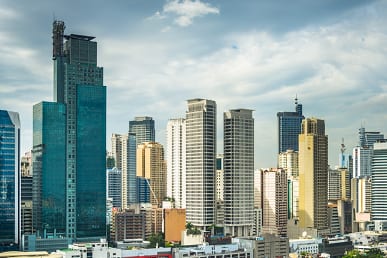In a 6-3 ruling the Supreme Court today ruled that the stop-time rule for cancellation of removal is not triggered by the combined service of a notice of hearing after service of a deficient Notice to Appear. The decision affirms the Supreme Court’s earlier decision in Pereira v. Sessions and takes it one step further by concluding that the stop-time rule cannot be triggered by service of a series of documents where the statute requires a single document.
The ruling is significant and will likely impact the cases, and lives, of thousands of noncitizens in removal proceedings. Generally, to be eligible for cancellation of removal a noncitizen must show continuous residence in the United States for a period of ten-years preceding initiation of immigration court proceedings. The stop-time rule is triggered by service of the Notice to Appear. But the Court’s ruling today and in Pereira v. Sessions clarifies that a deficient notice to appear, not containing the date and time of court hearing, combined with a notice of hearing or any other document will not serve to trigger the stop-time rule. Thus, persons who were served with deficient notices, of whom there are hundreds of thousands due to long-standing government policy to ignore the statute, will now be able to seek cancellation of removal whereas previously the Board of Immigration Appeals had held that the deficient notice to appear and/or the deficient notice coupled with a notice of hearing could serve to stop-time.
The key takeaway from this article is that if you or a loved one are now in removal proceedings or were previously ordered removed, you may be eligible for new relief and should consult with an immigration attorney to determine if the new decision will impact your case. It is essential that arguments concerning this issue be raised timely now that the Supreme Court has issued this definitive ruling. Read on for additional background regarding the case.
Today’s case is Niz-Chavez v. Garland. Mr. Niz-Chavez, a Guatemalan citizen, came to the United States in 2005. On March 26, 2013, he was served with a notice to appear before an immigration judge at a date and time to be determined, and approximately two months later, on May 29, 2013, he received a hearing notice. Mr. Niz-Chavez appeared and conceded removability and stated his intent to seek withholding of removal under the Immigration and Nationality Act and relief under the Convention Against Torture. The immigration judge denied his applications and Mr. Niz-Chavez appealed to the Board of Immigration Appeals.
In addition to challenging the denial of his applications, Mr. Niz-Chavez moved the Board to remand the his case so he could apply for cancellation of removal due to the Supreme Court’s decision in Pereira v. Sessions, where the Court held that a notice to appear that does not include the specific time and place of the noncitizen’s removal proceedings does not trigger the stop-time rule. However, the Board denied remand finding that the notice of hearing combined with the Notice to Appear served to trigger the stop-time rule notwithstanding the Pereira decision. That decision was upheld on appeal to the Court of Appeals after which Mr. Niz-Chavez sought review in the Supreme Court.
The Supreme Court examined the arguments from both sides. Ultimately, the majority decided that despite the government’s arguments regarding difficulty of complying with the statute and other practical concerns, that statutory language was clear and could not be just excused because the government finds it too difficult or would rather not comply.
This decision will reverberate throughout the country and will open a previously blocked pathway to non-citizens facing removal from the United States. We urge you to seek out an experienced immigration attorney to determine how this development might impact you or your loved ones’ chances of becoming a lawful permanent resident of the United States and for avoiding removal.





